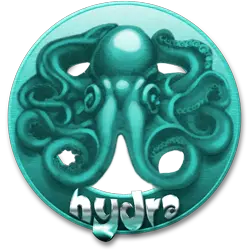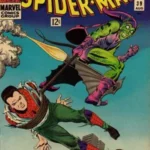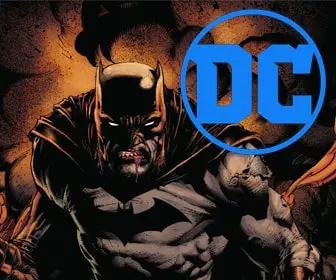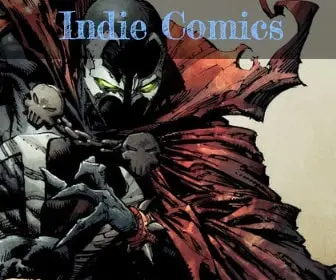
Delving into the Depths of ‘The Watchmen’: A Masterpiece of Comic Book Artistry
In the realm of comic books, certain titles stand as monumental achievements, and “The Watchmen” is undoubtedly one of them. Created by writer Alan Moore, artist Dave Gibbons, and colorist John Higgins, this limited series was published by DC Comics in 1986-87. Today, we dive deep into the groundbreaking narrative and artistry of “The Watchmen,” exploring what makes it a cornerstone of the comic book genre.
The Narrative Brilliance of ‘The Watchmen’: “The Watchmen” transcends typical superhero tropes, offering a dark and complex narrative set in an alternate history where superheroes emerged in the 1940s and 1960s, altering the course of history. The story revolves around a group of retired American superheroes who investigate the murder of one of their own, leading to a larger, more ominous plot. This series is renowned for its intricate storytelling, moral ambiguity, and the deconstruction of the superhero concept, questioning the very nature and impact of power.
Artistic Innovation and Style: The art of “The Watchmen” is as revolutionary as its narrative. Gibbons’ detailed and realistic style, combined with Higgins’ use of mood-enhancing colors, creates a vivid and immersive world. The comic is famous for its innovative use of the nine-panel grid layout, which adds a rhythmic, almost cinematic quality to the storytelling. Each panel is meticulously crafted, with symbols and motifs that add layers of meaning to the story.
Cultural and Literary Impact: “The Watchmen” has had a profound impact on the comic book industry and popular culture. It challenged the norms of what a comic book could be, blending sophisticated storytelling with philosophical, social, and political themes. It has been praised for its exploration of complex characters and moral dilemmas, making it a subject of study in literary circles and a reference point in discussions about the artistic potential of comic books.
Denouement: “The Watchmen” is not just a comic book; it’s a rich, multilayered experience that combines narrative depth, artistic prowess, and profound thematic exploration. It remains a seminal work in the graphic novel genre, continually inspiring creators and readers alike. Its legacy endures as a testament to the limitless possibilities of the comic book medium.











